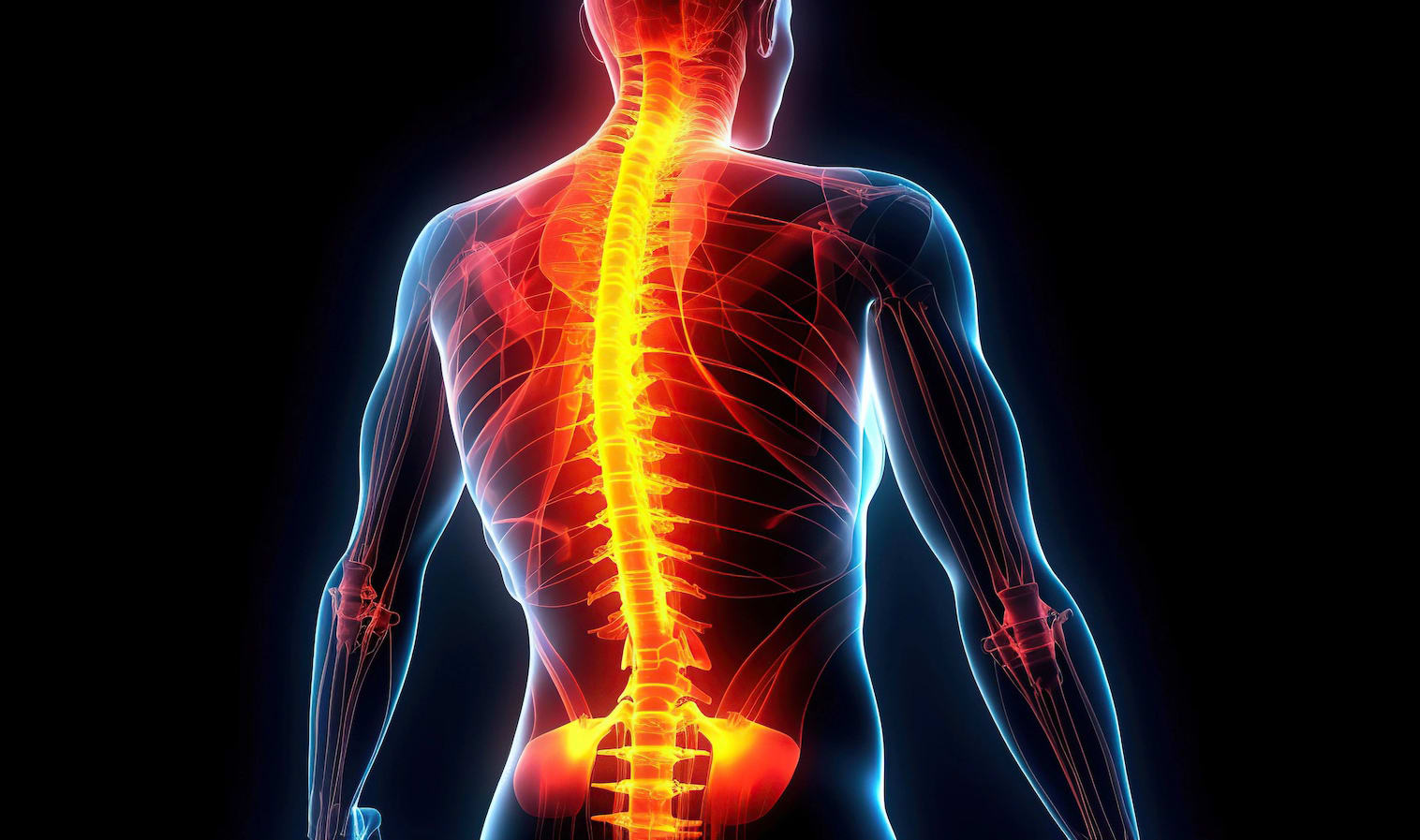By 2017, if current industrialization and population growth exponential trends continue, the CO2 concentration will reach 450 ppm; this will cause the southern ocean, where large upwellings of deep ocean currents with high concentrations of CO2 will offgas CO2 to the atmosphere, and the acidity there could be extreme, perhaps starting a process that we can not prevent from spreading to the rest of the ocean. This means the ocean there will become calcium depleted, as Calcium carbonate forms with any calcium available, thus preventing fish and ocean wildlife from forming skeletons properly, and dissolving shellfish and crustaceans and coral. Also if the acidity reaches a certain threshold, different for different species of fish , they will not be able to fertilize their offspring.
The point of this project is to locate limestone or calcium carbonate deposits just offshore in 100 to 500 metres of ocean depth. There are lots of such deposits worldwide.
If we have a drill bit and vacuum combination we can suck up limestone and water under pressure and bring it to the surface on land or a floating barge.
We can then separate the limestone and desalinate the water, storing minerals for a reverse process.
The desalinated water can enter a large coil with the crushed limestone (CaCO3) and can be heated under pressure, to dissolve the limestone. The CO2 created can be bubbled off and captured and fed into an algae greenhouse (perhaps the methane producing algae of Craig Ventnor). The algae will absorb the CO2 if the farm is large enough and will also require mineralized water and sunlight. The algae either produces methane or oxygen. The old algae can be skimmed off to produce fertilizer, livestock feed or biodiesel to run a small economy venture. If it produces methane, the methane can be harvested to power the process, and perhaps provide surplus for a small economic venture.
Whats left in the boiler is calcated water, which can be recombined with minerals that were stored at the beginning of the cycle. This substance can be added to the seawater over the drilling site, and it the extra calcium will form calcium carbonate or sea snow, which will fall to the bottom thus completing the cycle.
This cycle is sustainable and renewable. It might affect the local ocean bottom ecosystem adversely, but the benerfits might outway this cost. Though that has to be assessed. The net result is that a small economic venture has been created, and the ocean pH level increases, lowering the acidity. Thus allowing fish to breed and replenish their stocks locally supporting economies of the ocean, and saving the fish and shellfish and crustaceans and coral wildlife which is beautiful in its own right. The extra calcium will support thier development.
This cycle should be self supporting financially and could fertilize local agriculture, and feed livestock, and provide drinking water.
Its a win win situation all around, especially in the face of coal mines and oil usage worldwide
Voting
-
ABOUT THE ENTRANT
- Name:Richard Belshaw
- Type of entry:individual
- Profession:
- Number of times previously entering contest:never
- Richard's favorite design and analysis tools:Tracepro, Comsol, Matlab, Mathematica, Maple
- For managing CAD data Richard's company uses:None
- Richard's hobbies and activities:music, nature hikes, photography and film, novels
- Richard belongs to these online communities:daily kos and greenparty of canada
- Richard is inspired by:sustainable technologies, saving the ocean from acidity death
- Hardware used for this entry:boilers,coils, reverse osmosis or nanotechnology to desalinate, and drilling and vacuum equipmentSoftware used for this entry:comsol, Maplesim, matlab,chemistry software
- Patent status:pending










